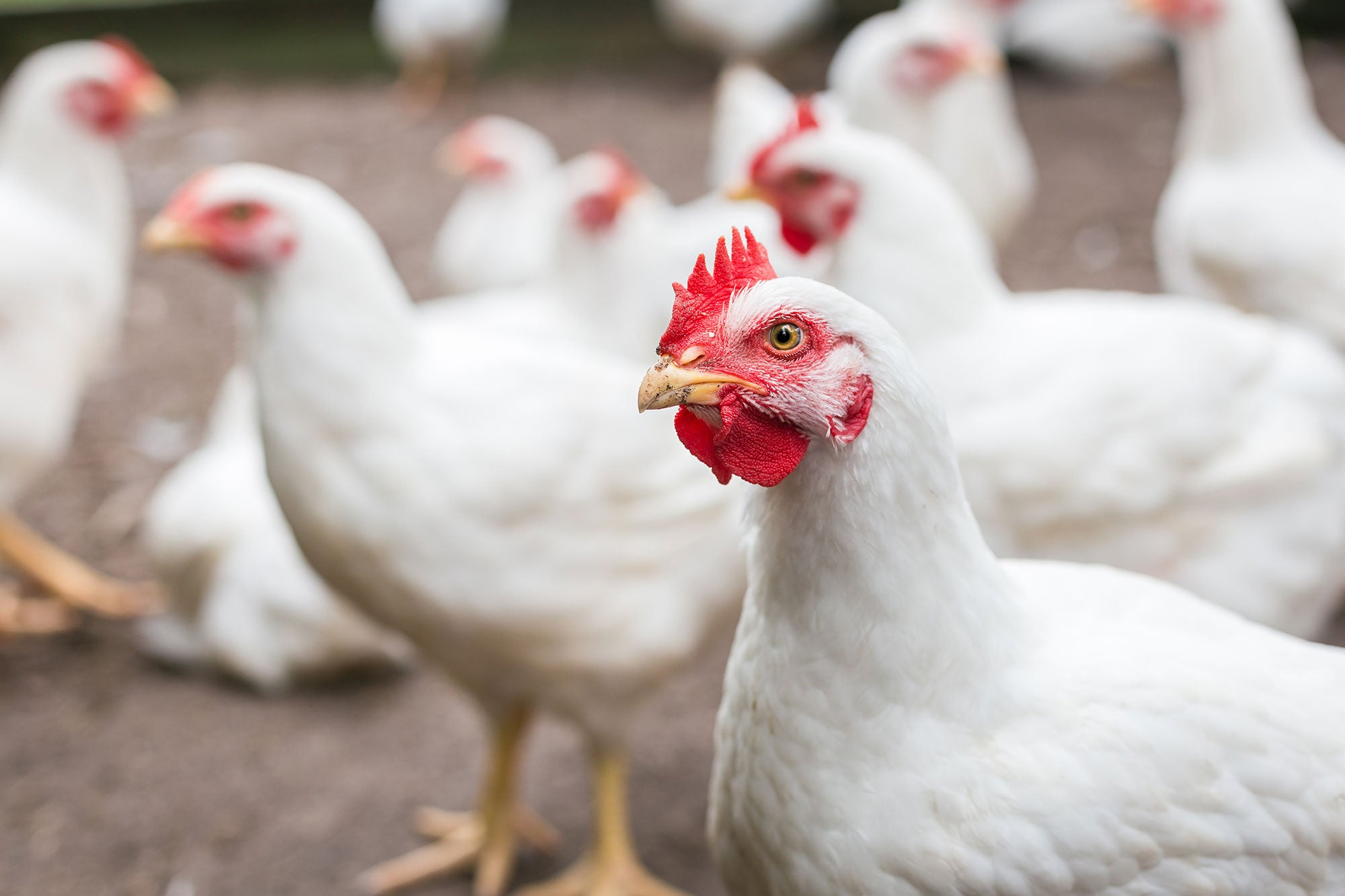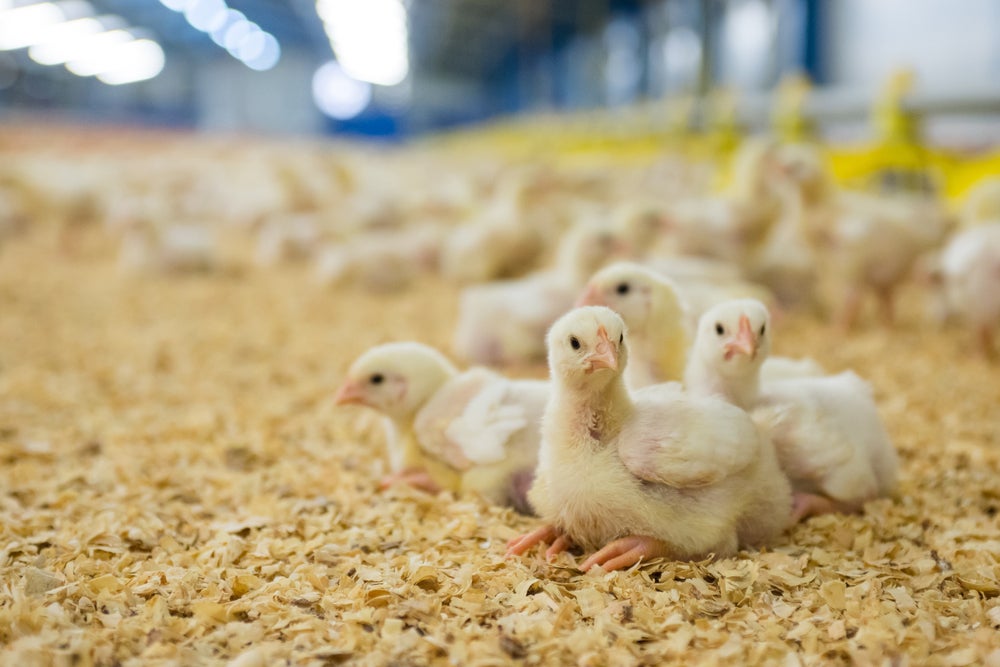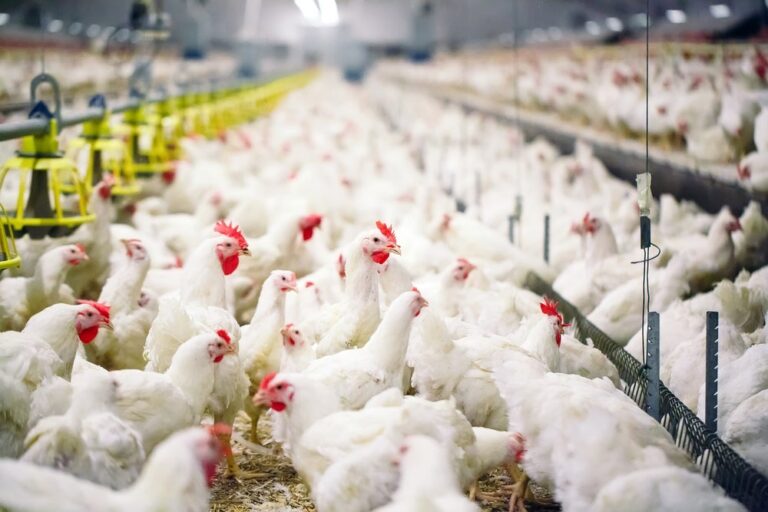A new study by Texas A&M shows chicken fertility rates in U.S. broiler eggs could decline to approximately 60 percent by 2050. That decline could lead to chicken production issues and higher costs for consumers.
The study, published in Poultry Science by Cara Cash, a graduate student in the Texas A&M College of Agriculture and Life Sciences Department of Poultry Science. Graduate student Kolton Witherspoon also contributed to the research.
To assess fertility trends, researchers analyzed data from the U.S. Department of Agriculture National Agricultural Statistics Service from 2013 to 2022. Their analysis revealed significant declines in essential production metrics, including hatchability, chick viability and production efficiency.
“The analysis validates concerns that have circulated in the poultry industry for years,” said Giri Athrey, Ph.D., study co-author and avian geneticist and associate professor in the Department of Poultry Science. “This study is the first to paint a clear picture of the problem and forecast future declines. The more that gap grows, the greater the expense will be for the industry to meet consumer demand and the more likely those economic impacts will trickle into grocery stores.”

Broiler fertility rate drops
Athrey said the publication identified an alarming trend that had been talked about within the poultry industry for years. It provides a statistically and scientifically supported prediction of continued hatchability declines in broiler chicken eggs.
Hatchability refers to the percentage of fertile eggs that successfully hatch into healthy chicks during incubation. Athrey said approximately 12 billion eggs are needed each year to produce to 9 billion broiler chickens — a success rate of 75 percent.
If current trends continue, the analysis suggests hatchability rates could fall to 60 percent by 2050.


Fertility rates and meat production
The study comes as demand for U.S. chicken meat continues to increase. From 2013 to 2022, U.S. production increased from 18.85 million to 23.15 million tons. During that same period, annual per capita chicken consumption jumped from just over 82 pounds to almost 101 pounds.
Broiler breeding fertility rates are a foundational component to sustaining that growth. In response to declining fertility, producers have increased the number of eggs set — an approach Athrey said can also increase costs across the supply chain.
To support deeper analysis, the research team developed a Broiler Breeder Performance Index, a tool that incorporates hatchability and production indicators to model fertility trends over time. The study also explores potential contributing factors, including management practices and genetic selection strategies.
Athrey said the findings highlight the need for further research to explore sustainable solutions to poultry fertility rates and broiler hatchability.
“Our goal was to better understand what the data can tell us about long-term fertility trends,” Athrey said. “These findings may help inform future research into improving reproductive performance in broiler breeders.”


:max_bytes(150000):strip_icc()/DC-5ec71dd349104ec287b318f05ebf5f74.jpg)
:max_bytes(150000):strip_icc()/SFCE_Sp25_WortheyFarmersMarket_preview1-9c3c0b2c5e9444249fa60594b7f30fec.jpg)
:max_bytes(150000):strip_icc()/TaylorsFireworkssign-c3dd3eb41cc646c593dbebfee850bdc0.jpg)




:max_bytes(150000):strip_icc()/diseaseplaybookcorntarspot-fb7ff9d7c32e4e63b3e5e97dbe406eeb.jpg)
